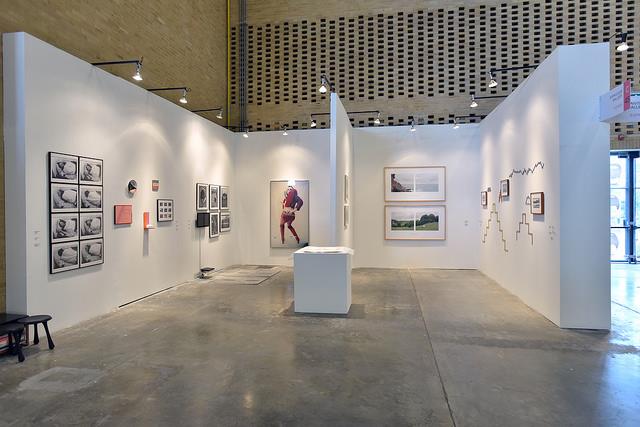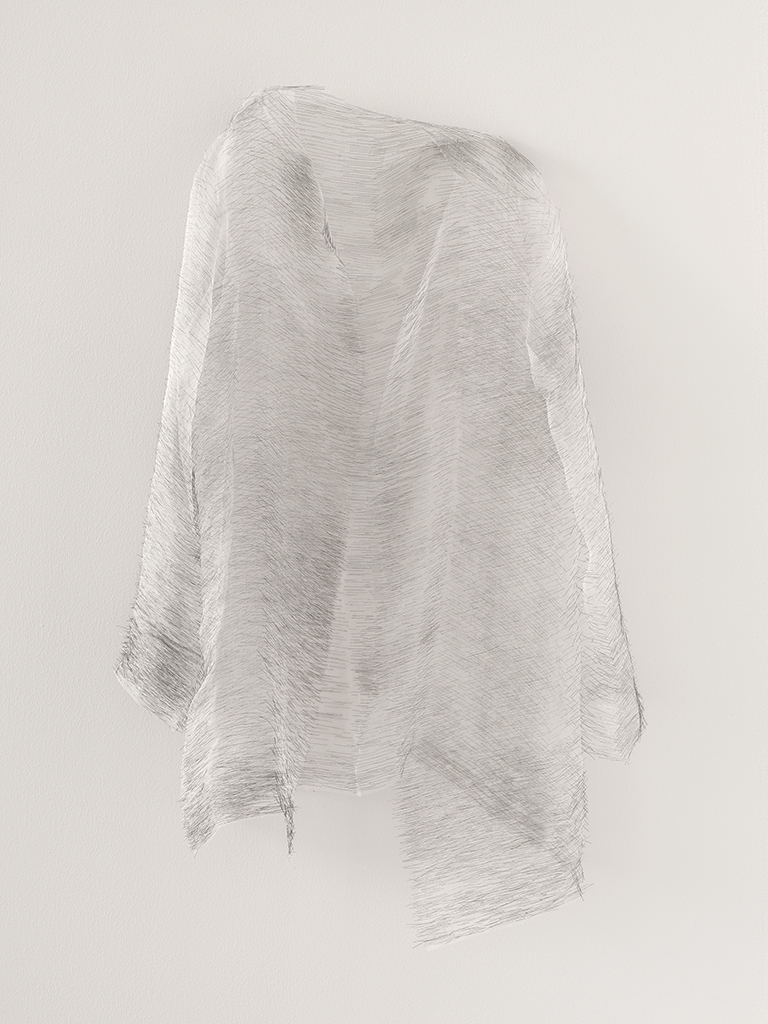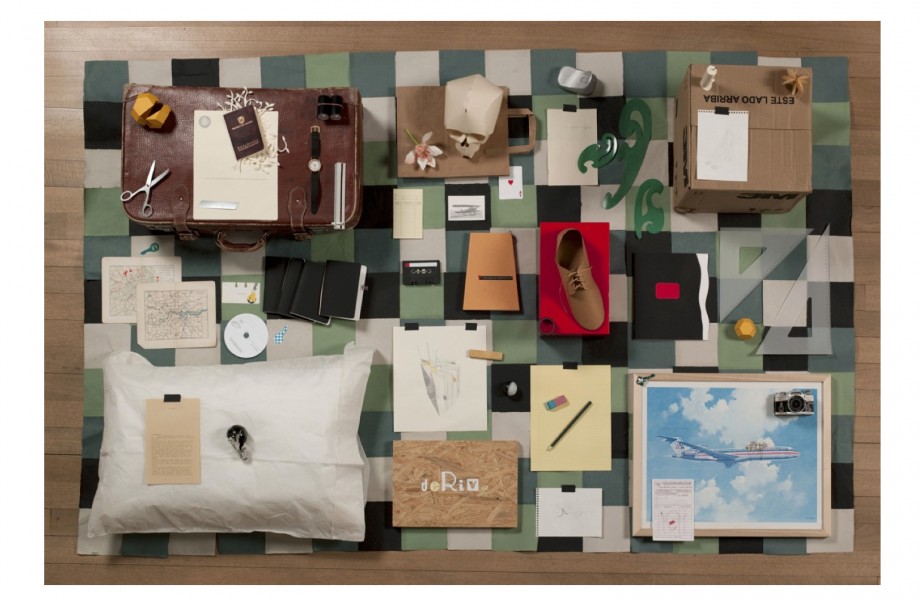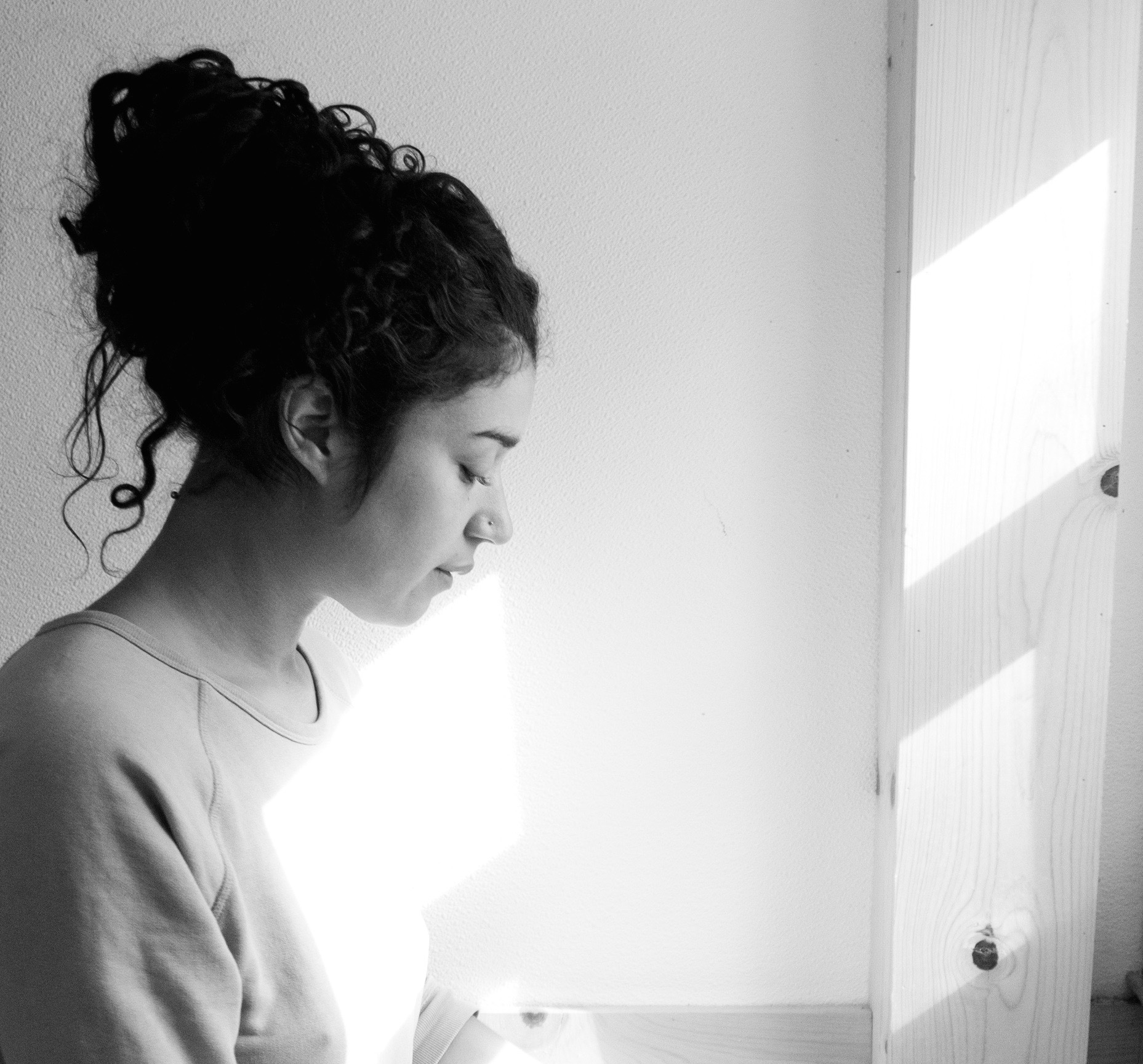The same week that art fair week was being held in Bogotá last October, Doris Salcedo had a floor retrospective at the Guggenheim New York; Art Basel Miami was featuring Miguel Angel Rojas in a survey which highlighted influential work from artists of the 20th century; artist William Kentridge has handpick ed Mateo Lopez for the Rolex mentor-protégée program and Juan Cortes was featured in a pedagogical programming at the MoMA. There is no two ways to it: the Colombian art scene is internationally booming and it does not show signs of slowing down. But how sustainable is it all?
In the last decade Colombia has gone through one of the most impressive transformations. It’s beginning can be traced to 2002 when President Alvaro Uribe Velez was appointed Commander in Chief. Since then, international investment has been thriving, and its peripheral effect can be tracked to an array of different activities such as the contemporary art participation both at a national and international scale, which had been slowly hanging around in the ’80s. The opening of new galleries, art fairs, prizes, biennials, cultural spaces and the birth of auctions houses both in Bogota and other major cities speak for themselves.
It is not merely a decorative situation any more; society as a whole is starting to realize that art can be a mechanism for complaint, for debate, for discourse and for social integrity.
In the photo: Sculpture made with raw silk and 12,000 needles. Dismembered I (2014). Photo Credit: Doris Salcedo/Museum of Contemporary Art Chicago
The Colombian contemporary art scene from the ’60s to the ’80s was one that featured little or no institutional support; artists were on their own and everything was a struggle. But with the market opening up to an international level (traced to when ArtBo fair had its first exhibition in 2005) the city –Bogota- became a rising star for contemporary art; just as Latin American art was booming worldwide. Clearly not a coincidence. These past years, it seems that the newest wave in contemporary art –characterized by its flourishing independent spaces- is looking for new ways in which the Colombian art is created and shared with its viewers and participants.
ArtBo -now on its 10th year anniversary- has put Colombia on the international art map. With over 84 national and international galleries for its latest edition, this fair, (hosted by the Chamber of Commerce), has helped create a boiler room for international attention in the Colombian contemporary art scene. Artists that had been doing work but did not have the international support, as there was little to no institutional support, started having international recognition. This opened the road for other fairs to establish themselves, starting with Odeon –a satellite alternative platform for emerging galleries and spaces- back in 2011. Its success was not only instant, but it launched a second wave of other parallel fairs including Barcu, Feria del Millon and Sincronia and thus, consolidating the “art fair week” attracting international media attention and buyers to a more sophisticated level. As the founding director of La Feria Del Millon, Juan Ricardo Rincon points out, “These events have a very strong impact on society, as we are now shifting the cultural perception of what art is. It is not merely a decorative situation any more; society as a whole is starting to realize that art can be a mechanism for complaint, for debate, for discourse and for social integrity. Art fair week has a positive effect on the city because it opens up debate and it activates awareness about the arts. It seems it’s like a social gentrification taking place”.
Related article: “Colombia Week: Chronicle of a Colombian Movie“
But as art critic Guillermo Vanegas warns, the impact of these art fairs -which is clearly an international tendency on how art is being consumed- should be seen with a magnifying glass- especially for a country with fragile institutions for the care of contemporary art practices: “There is a tendency to think that if the art market is doing well, all is doing well. But I think we have a bubble- and it is only a matter of time before it bursts.” Also, as director of the independent space Espacio Odeon Tatiana Rais points out “A clear indicator is the fact that each time there are more commercial spaces that depend on selling works during fairs for their sustainability. The worrying thing is the fact that this market will without a doubt change with our new economic situation and the devaluated Colombian peso. This will not only hurt galleries, but also fairs and artists.”
In the photo: Mateo Lopez, Nowhere Man, 2011 Photo credit: Casas Riegner
Bearing this is mind, it is interesting to see how certain events, such as the renowned Premio Luis Caballero (hosted by the District Institute of the Art) changed its date to announce its winner during art fair week. Do events that don’t have a commercial purpose need to adapt in order to still be considered relevant? Is the art fair week and the market overshadowing other notions of contemporary art practices in Colombia?
… these spaces are creating interesting hybrids between public-private institutions and setting a mark of new ways of approaching the future of the arts.
With more than 60 galleries open to the public in Bogota, it seems that every week a new one pops up. And although old school galleries such as Casa Riegner, El Museo and Nueveochenta are still standing strong, new ones are quickly gaining success with the most notable examples being Instituto de Vision, FLORA arts+natura and NC-Arte, the first two hosted in San Felipe neighborhood- the new art district.
For a full mindmap behind this article with articles, videos, and documents see #ColombiaDay
In the photo: El Freddy, 1979/2008. Photo credit: Miguel Ángel Rojas/Sicardi Gallery
And then we have the rise of alternative spaces with artist lead projects such as Odeon, MIAMI, La Agencia, Rat Trap and Campo leading in their field. They are creating discourse around contemporary issues through different curatorial practices, and enriching the art scene. Some for profit, some non-profit, these spaces are creating interesting hybrids between public-private institutions and setting a mark of new ways of approaching the future of the arts. As Odeon’s director Tatiana Rais points out “It is interesting to see how in five years, [we] as an independent space with no institutional support and without strong economic fibers have summoned over 60,000 people in an area of the city that had long been forgotten. This comes to show how art spaces can literally change the people live and view a city.”
But the flourishing of these art spaces and galleries can also signal a counter-movement due to the lack of government support. With important institutions slowly declining their support and funding to contemporary art – the most notable example being the slow death of Galeria Santa Fe, the French Alliance and the Colombo Americano Institute, the questions of what will happen to the artists that used to showcase in these spaces is inevitable. And with the new appointment of the mayor of Bogota Enrique Peñalosa, the prospect looks uneasy with roughly a 20% decrease in government support for prizes and fellowships.
It is interesting to see how in five years, we as an independent space with no institutional support and without strong economic fibers have summoned over 60,000 people in an area of the city that had long been forgotten. This comes to show how art spaces can literally change the people live and view a city.
So although Colombia is going through a great momentum as the international art scene is becoming fascinated by our earthly paradise of exotic tropical wilderness and our contemporary artists, it is clear that the long run success of the artists, galleries and organizations can only be possible if government institutions support becomes more available for contemporary practices that help solidify this cultural floor that has been built. A healthy global art scene can only arise when private, public, for profit, non profit and institutional support all commit together “for the sake of art.”
Recommended reading: “THE BEAUTIFUL AND BIZARRE MEMORY LABS OF COLOMBIA”
_ _
EDITOR’S NOTE: The opinions expressed here by Impakter.com columnists are their own, not those of Impakter.com.













